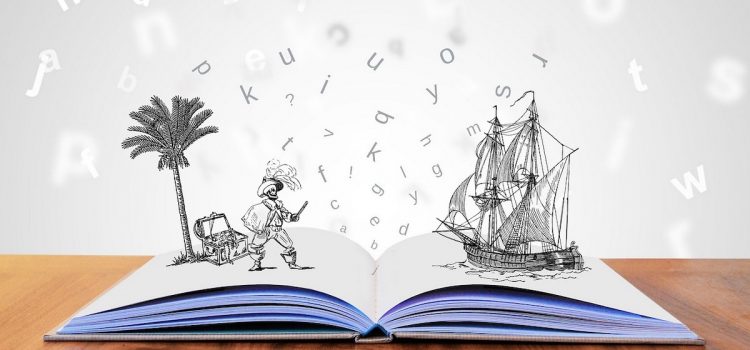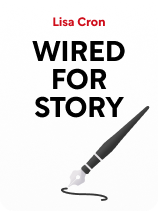

This article is an excerpt from the Shortform book guide to "Wired for Story" by Lisa Cron. Shortform has the world's best summaries and analyses of books you should be reading.
Like this article? Sign up for a free trial here.
What are the elements of a narrative? What story ingredients do our brains expect to find?
Writer and producer Lisa Cron contends that humans require stories to engage our brains in the way our brains process information. She believes that we developed certain expectations for narratives. So, if a writer wants to engage readers’ brains, they must provide these expected elements.
Keep reading to learn what these essential ingredients are and why they meet readers’ cravings.
The Elements of a Narrative
Storytelling was developed to help us remember important information and use that information to make predictions. In order for us to pay attention to these narratives, they had to be presented in a way that appealed to how our brains process information. This caused us to develop expectations for what a story should be like, and, if a story doesn’t meet these expectations consistently, we won’t keep listening—or reading.
So, what are the elements of a narrative that make it engaging? According to Cron, they are the protagonist, the protagonist’s goal, the plot, and what the story’s truly about (the underlying lesson). These are the things that our brains crave to envision what’s going to happen next, and this anticipation is at the heart of our evolutionary need for narrative.
The protagonist is the character whose shoes we’re stepping into. They provide us with our point of view for the rest of the story, and they’re the lens through which we’ll interpret everything that happens.
The protagonist’s goal is the overarching objective or aim of the protagonist. This is what drives the story internally. It’s how we know what’s at stake for the protagonist, and we gauge everything that happens (the plot) based on the protagonist’s goal.
(Shortform note: Some writers recommend basing your protagonist’s goal on one of the categories in Maslow’s Hierarchy of Needs, which consists of physiological needs, safety needs, love/belonging needs, esteem needs, and self-actualization needs.)
The plot refers to the actual events that occur in the narrative. This is often mistaken for what the story’s about, but what the story’s truly about is how the protagonist changes as a result of the story’s events. Plot is the external events of the narrative, while the story is about the protagonist’s internal reactions.

———End of Preview———
Like what you just read? Read the rest of the world's best book summary and analysis of Lisa Cron's "Wired for Story" at Shortform.
Here's what you'll find in our full Wired for Story summary:
- How humans have a neurological need for stories
- The formula that the human brain expects to encounter in a story
- How to build a protagonist that engages your reader






